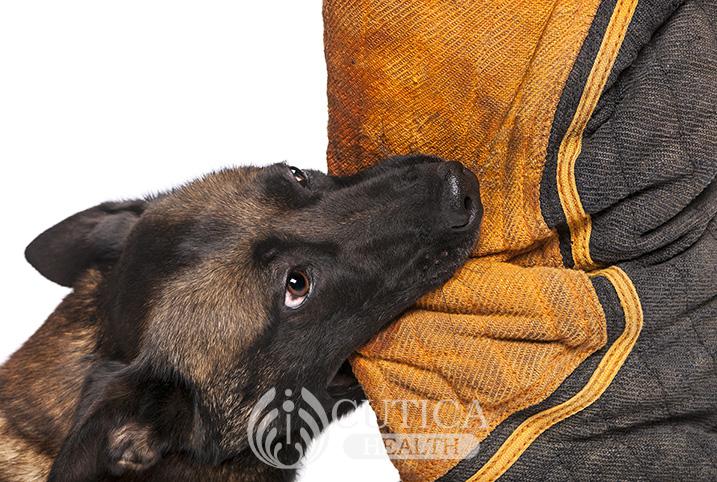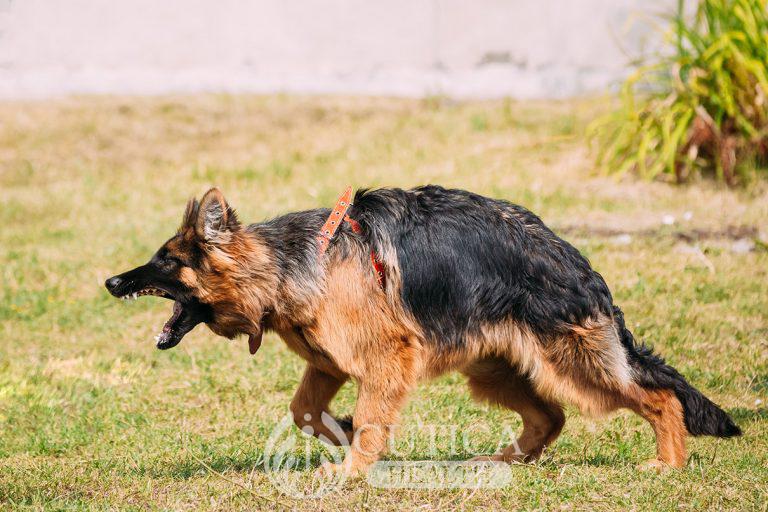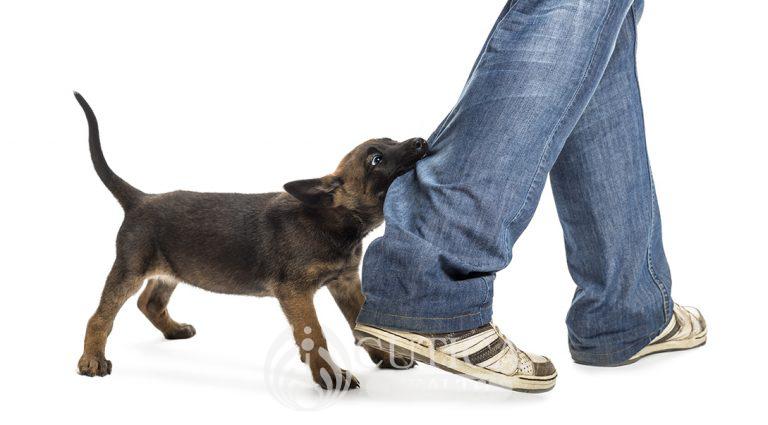
What do you do when man’s best friend turns around and attacks him? Ask Moses, an eight-year-old boy who sustained a wound to his left arm when he was unexpectedly clawed in his own yard by a visiting dog. The dog did not seem unwell, and had responded playfully to Moses’ friendly petting just before the clawing incident.
Fondly called man’s best friend, dogs are kept as pets in many homes and usually have lovable and predictable behaviour. However, infection with a dangerous virus, called the rabies virus, can transform a well-behaved dog into a terrorist that can attack anyone, including its owners.

Pain and bacterial infection from an animal bite are worrisome, but the possibility of contracting rabies should be an even greater concern. Most cases of rabies in humans are contracted from dog bites, although cats, bats and other warm-blooded animals can also transmit rabies. The rabies virus is transmitted via the saliva of an infected animal directly through bites or scratches that have been contaminated with infected saliva. Rabies causes more than 50,000 human deaths each year, mostly in Africa and Asia.
Once the rabies virus enters the body, it multiplies at the wound site, then penetrates the nerves to begin a journey towards the brain. It continues multiplying as it goes along but doesn’t usually show symptoms during this period known as the incubation period. After this incubation- which typically ranges from three to eight weeks (but can be shorter or as long as a year in rare cases)- the symptoms begin to manifest. Rabies is deadly at this point, with loss of life occurring in a few days.
Back to the story of Moses and the visiting dog. He confided in his elder brother about his injury, but begged him not to tell their parents because he didn’t want to get scolded for getting hurt. His unsuspecting brother casually mentioned the incident to his mother when time came for the dog to be fed and Moses didn’t volunteer to help out as usual. His parents assessed the situation, and Moses was taken to the hospital for wound care.
The doctor who attended to Moses decided to give him anti-rabies treatment. He advised that giving him protection against rabies virus was necessary because his parents could not provide any evidence that the dog had ever received anti-rabies vaccination, and Moses himself had no prior vaccination against rabies. His parents were surprised to hear that uninjured persons (such as themselves) who have close contact with animals can be vaccinated against rabies ahead of possible exposure to animal-inflicted injury. The doctor also advised that the dog who wounded Moses be isolated for observation and care during the boy’s period of treatment (involving an injection that gives some immediate protection (rabies immune globulin) and three doses of anti-rabies vaccine scheduled over 3 weeks. Rabies immune globulin is necessary after a potential rabies exposure if the person has not been vaccinated previously because it takes some time for the vaccine to start working. Moses’ father felt confident that since the dog wasn’t acting strangely or foaming at the mouth, it could not be rabid. Besides, the injury in question wasn’t even a bite. How wrong he was. The dog died in 6 days and the veterinarian’s autopsy confirmed rabies infection!

While most rabid animals exhibit aggressive behaviour, Moses’ parents learnt first-hand that a rabid dog isn’t always aggressive or foaming at the mouth. A dog might have the non-aggressive, atypical form of rabies, or be in the asymptomatic phase while the virus is incubating. For this reason, any dog or animal-inflicted bite or skin injury should never be treated casually or with presumption that medical attention is unnecessary. Not all animals can transmit rabies; a health care provider can help determine when rabies is a potential concern.
What are some symptoms of rabies infection?
Rabies infection could initially begin with fever, pain, and a tingling feeling at the location of the bite. Afterward, the person could typically become hyperactive, aggressive, and develop an intense aversion to water (hydrophobia) and/or air. Foaming at the mouth- the dramatic appearance that most people associate with rabies infection- is due to development of difficulty with swallowing saliva, and the ensuing irrational fear of water. Eventually death follows. However, 1 in 5 people with rabies do not display these classic symptoms. Instead of aggression (furious rabies), they go the “opposite route”, developing weakness, gradual paralysis of muscles, coma and death (dumb rabies). Same for dogs.

So, what should a person bitten or “clawed” by a dog or other animals do?
- First of all, don’t stop any bleeding immediately. Instead, encourage the wound to bleed by gently squeezing it.
- Then thoroughly wash the wound with soap and water. Lots of water. This alone has saved thousands of lives.
- Afterwards, go to the nearest health care centre where anti-rabies injections may be given, and follow through on the treatment recommended.
Simple.
On a final note, to prevent rabies infection, avoid dogs and other animals exhibiting abnormal or aggressive behaviour, and encourage anti-rabies vaccination for all dogs within your sphere of influence. If a potential rabies exposure has occurred, take the steps outlined above to minimize risk of contracting rabies. Vaccinating dogs is cheaper than taking the anti-rabies injections after a bite, and the injections are sometimes unaffordable or unavailable. As such, dog vaccination is an important way to save both dog and human lives.












